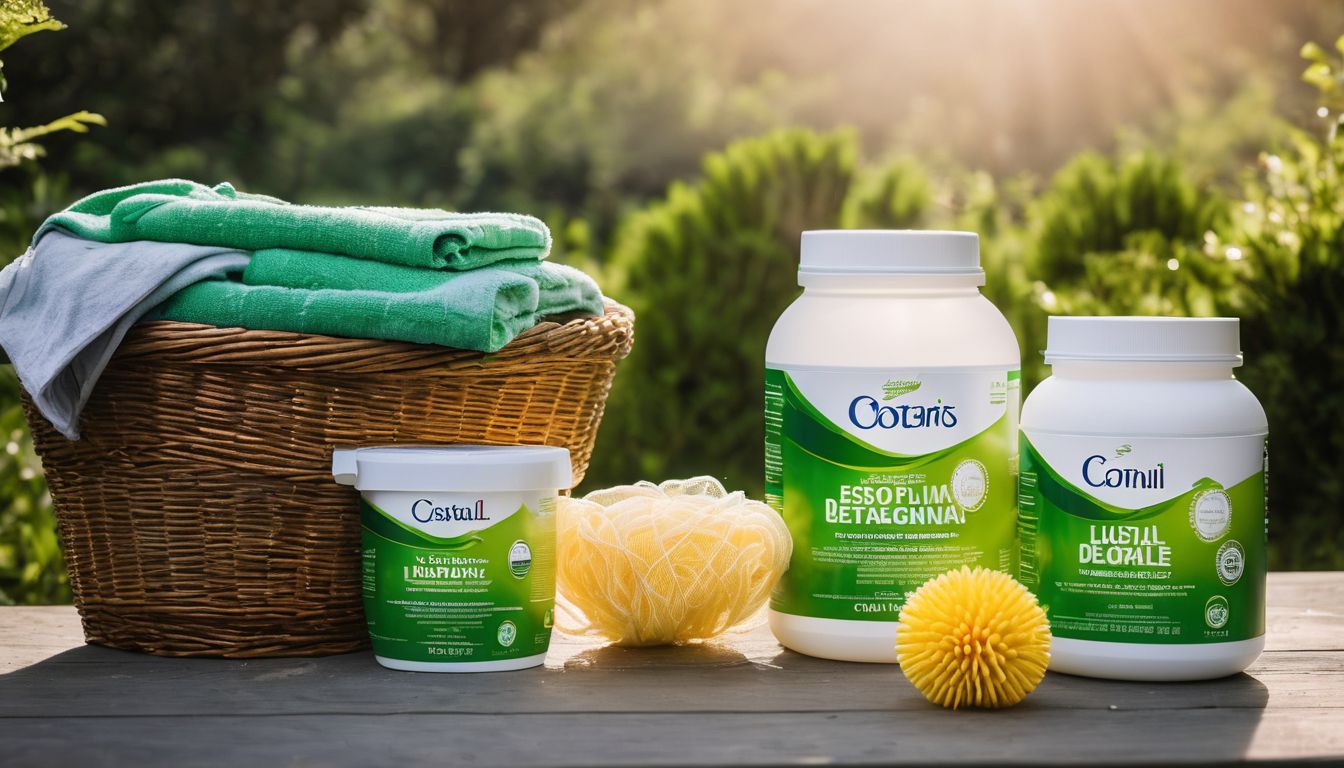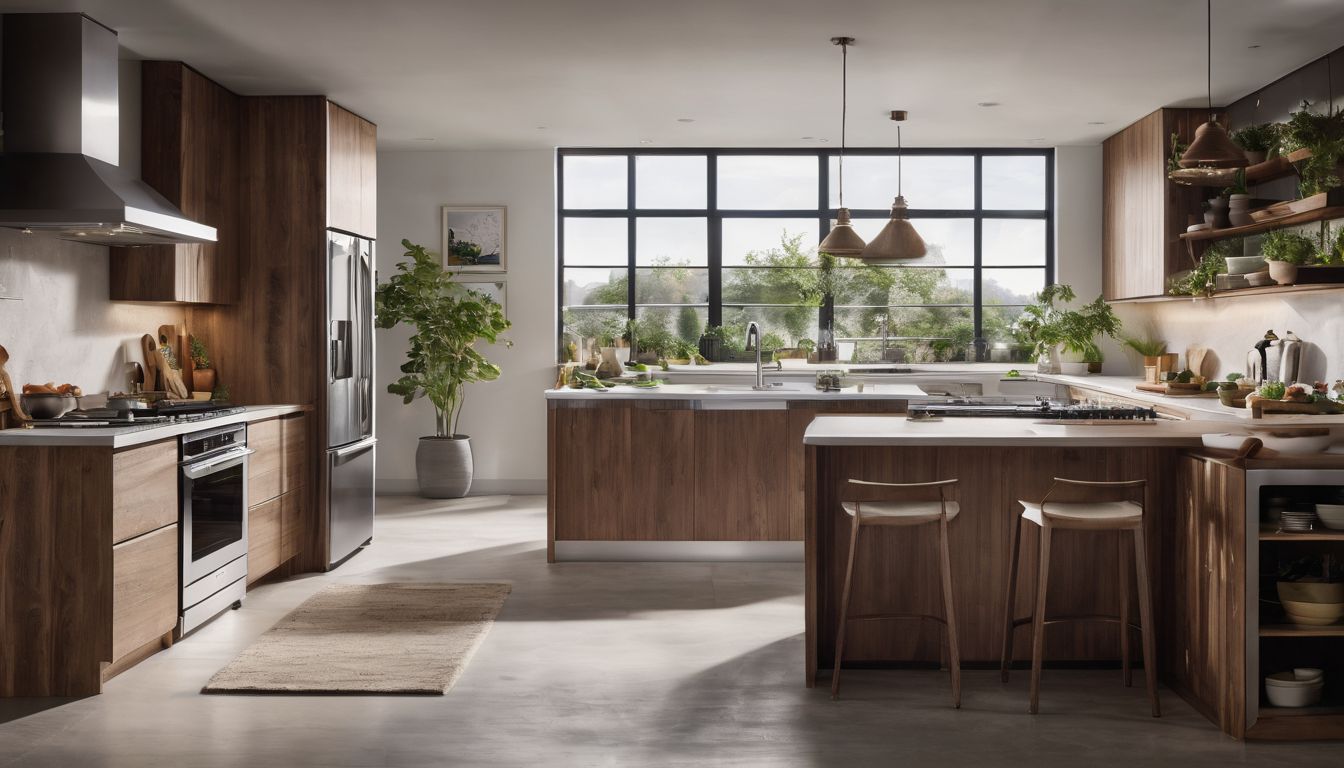Are your closets driving you crazy? Staying organized saves time and frustration, but did you think about how it could also help the environment. By knowing what you have and where you have it, you won’t buy the same stuff twice, thus conserving natural resources. By getting your belongings off the floor and into storage, you’ll save space and be less inclined to move to a larger home. By keeping your home tidy, you won’t need to use as many chemical cleaners, which are an environmental burden, and by the way your household cleaning chores will become much less of a pain ☺ Plus, when you keep your things in good condition, you need to replace them much less often, which is a win for your wallet along with the environment. Finally, by organizing your perishables, you’re more likely to consume them before they go to waste.
To get organized, you’ll need to invest in environmentally friendly storage units and containers. This guide shows you how to choose the right ones.
BENEFITS FOR THE ENVIRONMENT: You’ll create less waste and use less resources and harmful chemicals.
BENEFITS FOR YOUR HEALTH: Clutter isn’t good for your health—if you’ve ever seen the TLC program Hoarding: Buried Alive, then you know what I’m talking about! Environmentally friendly storage units emit less cancer-causing chemicals and allergens than conventional storage solutions.
Cost: Moderate
Time: Moderate
Step 1: Get rid of some stuff
The less you own, the less you need to organize. If you have books that you haven’t read in years or shirts that no longer fit, give them to a local thrift shop or charity organization.
Having difficulties letting go of your possessions? Take inventory of all of your belongings. Count everything. Now ask yourself: do you really need (or even want) that much stuff? Come up with a plan to prioritize what you need most, what you definitely can give away, and then what you’d like to keep but don’t NEED to keep.
Step 2: Buy or build a storage unit
It’s important to invest in a storage unit or two—something with shelves, drawers, or bins that make your belongings easily accessible for daily use. Before running out to the big-box store to purchase a new unit, consider buying used. Visit a thrift shop or scour Craigslist—if you’re tight on cash, make sure to scan the “free” category.
If you’re a DIY-er, build your own storage unit. This will enable you to customize it to your needs and to control what materials you use. If possible, use materials that you (or your neighbor or local junk yard) already own, such as wood scraps.
You can even fashion durable storage units out of layers of surplus cardboard. True, you might not want cardboard furniture in your living room, but the material might work well in an office or closet. Not every storage unit has to be eye-catching, and not every piece of cardboard furniture has to be unsightly, as the artist Leo Kempf proves with his inspiring designs.
Whether you buy a storage unit or build it by hand, give preference to these eco-friendly materials:
- Recycled or reclaimed wood.
- Wood certified by the Forest Stewardship Council, an international non-profit that promotes responsible forest management. By buying FSC-certified wood, you’ll be protesting against deforestation. To search for FSC certified products, check here: info.fsc.org.
- Formaldehyde-free wood. Formaldehyde is a chemical found in many wood products that contributes to allergies and even cancer.1
- Low-VOC or zero-VOC paints. Like formaldehyde, paints high in volatile organic compounds (VOCs) emit harmful chemicals into the air, which endangers you, your family, and the environment.2
- Wheatboard, made from wheat-straw, a renewable resource.3
- Sunflower board, made from sunflower hulls, a renewable resource. Both wheatboard and sunflower board do not contain formaldehyde or VOCs.4
- Organic cotton, which contains no pesticides.
- Bamboo, which grows quickly without pesticides or fertilizers. It is considered to be one of the most renewable resources around due to its rapid growth!
Whatever you do, don’t buy those big plastic bins. They’re made from petroleum, and they never biodegrade.
Step 3: Concentrate your efforts in the kitchen
Organization is crucial in the kitchen. Unlike clothes or books, food that isn’t stored properly can go to waste in a matter of hours. More than a quarter of the food that Americans prepare is never eaten! To make sure you’re not creating waste, follow these guidelines:
- Clean out your refrigerator, and put any leftovers in proper containers, i.e. non-plastic ones! Don’t be tempted by the recycled plastics, especially those labeled “3” or “6” because they contain harmful chemicals that can leech into food. For more on plastics: “A Smart Guid to Plastics“.
- Choose glass or steel containers instead of plastic ones. They cost more than plastic, but they last longer and don’t stain or trap smells.
- Ditch the flimsy plastic bags, and store your produce in organic-cotton mesh bags.
- Avoid plastic sandwich bags and instead opt for cotton and hemp bags, or reuse wax bags, which are biodegradable and compostable.
- Skip the disposable plastic wrap and buy reusable bowl covers instead, or simply cover a bowl by placing a plate on top. If you must use aluminum foil, remember that you can use it more than once. Step 4: Stay organized Now that your favorite dwelling is organized, keep it that way. All it takes is ten or so minutes per day. Your housemates – and the environment – will thank you!




